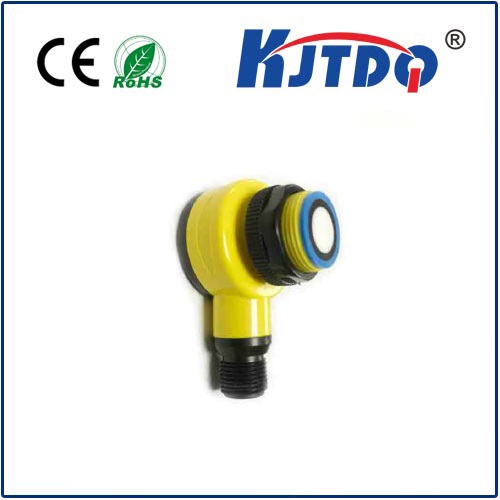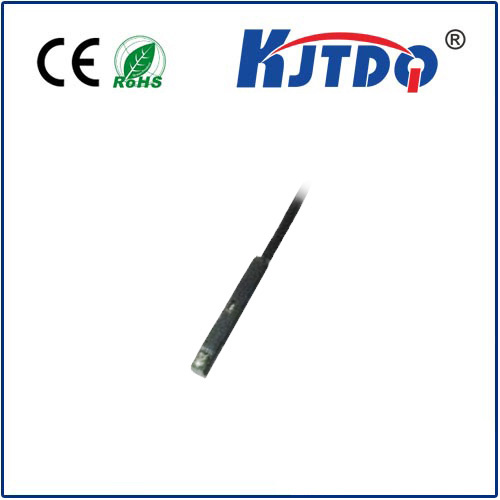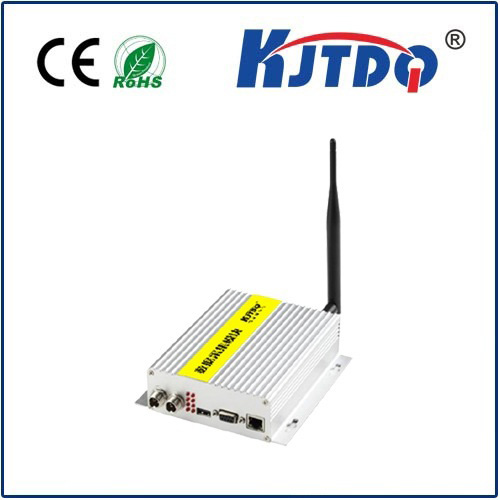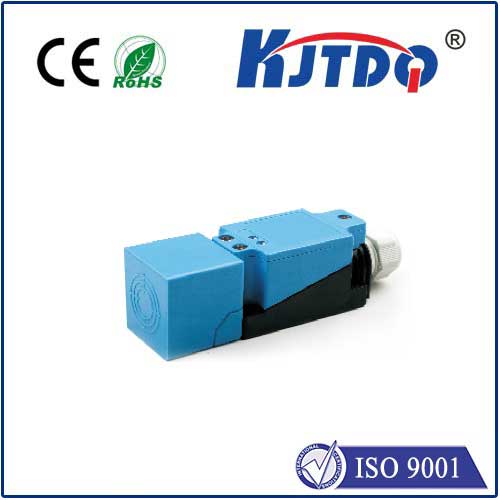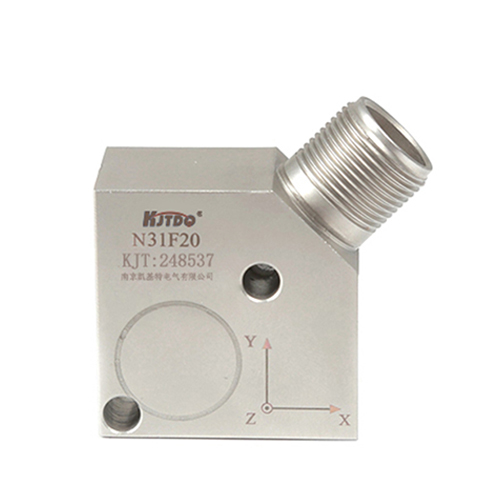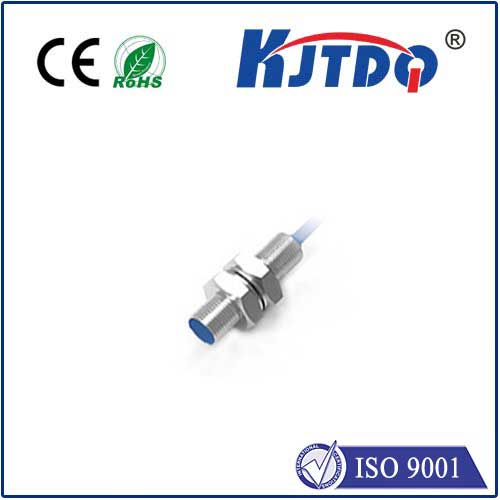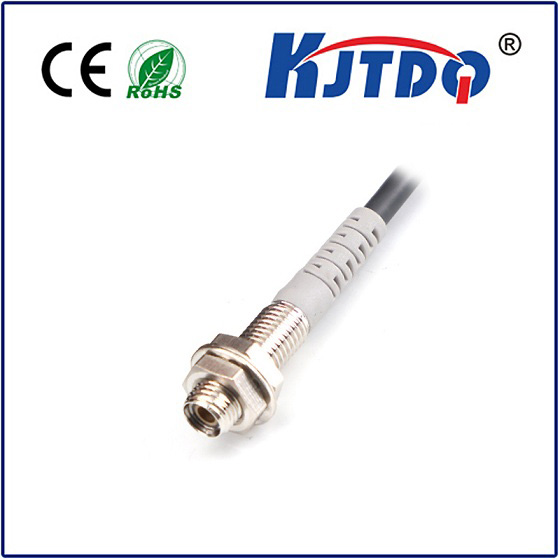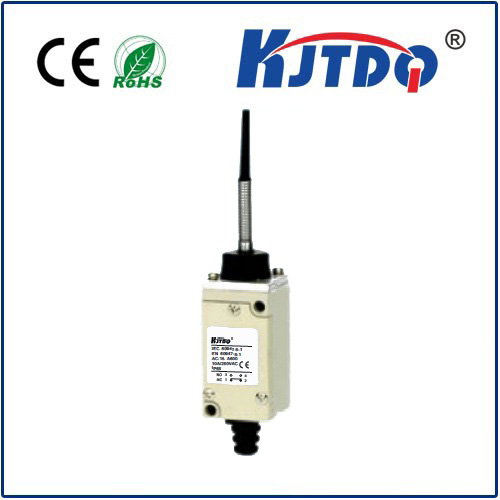Thermal Sensors for High Power Lasers: Ensuring Precision and Safety in Advanced Applications In the realm of high-power lasers, where precision and safety are paramount, thermal sensors play a critical role. These devices are not just components; they are the unsung heroes that ensure optimal performance, prevent overheating, and safeguard both equipment and operators. As high-power lasers continue to revolutionize industries—from manufacturing and medicine to defense and research—understanding the importance of thermal sensors becomes essential.
High-power lasers generate intense beams of light capable of cutting, welding, engraving, and even performing delicate surgical procedures. However, this power comes with a challenge: heat management. Excessive heat can degrade laser performance, shorten the lifespan of components, and even pose safety risks. This is where thermal sensors step in. Thermal sensors are designed to monitor and measure temperature changes within laser systems. They provide real-time data that allows operators to adjust parameters, activate cooling systems, or shut down the laser if necessary. Without these sensors, maintaining the delicate balance between power and safety would be nearly impossible.
Not all thermal sensors are created equal, especially when it comes to high-power laser applications. Here are some essential features to consider:
High Accuracy and Precision High-power lasers operate within narrow temperature ranges. Even a slight deviation can lead to inefficiencies or damage. Thermal sensors must offer sub-millikelvin accuracy to ensure reliable performance.
Fast Response Time Laser systems can heat up rapidly. Sensors with a quick response time are crucial to detect temperature changes before they escalate into critical issues.
Durability and Stability High-power lasers often operate in demanding environments. Thermal sensors must be robust enough to withstand vibrations, electromagnetic interference, and extreme temperatures without compromising accuracy.
Non-Intrusive Design To avoid disrupting laser operations, many thermal sensors are designed to be non-intrusive. They measure temperature without direct contact with the laser beam or critical components.
The versatility of high-power lasers is matched by the diverse applications of thermal sensors. Here are a few examples:

In industries like automotive and aerospace, high-power lasers are used for cutting, welding, and additive manufacturing. Thermal sensors ensure that these processes are performed at optimal temperatures, reducing material waste and improving product quality.
Lasers are increasingly used in medical applications, such as laser eye surgery and cancer treatment. Here, thermal sensors play a vital role in preventing tissue damage by monitoring heat levels in real-time.
In research labs, high-power lasers are used for experiments in physics, chemistry, and material science. Thermal sensors help maintain precise conditions, ensuring the accuracy and reproducibility of results.
High-energy laser systems are employed in defense applications, such as missile defense and directed energy weapons. Thermal sensors are critical for preventing overheating and ensuring the reliability of these systems in high-stakes scenarios.
As high-power laser technology evolves, so do thermal sensors. Here are some trends shaping the future of this field:
Integration with AI and IoT Modern thermal sensors are increasingly being integrated with artificial intelligence (AI) and the Internet of Things (IoT). This allows for predictive maintenance, where sensors can anticipate and address potential issues before they occur.
Miniaturization Advances in materials science and nanotechnology are enabling the development of miniaturized thermal sensors. These compact devices can be integrated into smaller laser systems without compromising performance.
Enhanced Materials New materials, such as graphene and carbon nanotubes, are being used to create thermal sensors with higher sensitivity and faster response times. These materials also offer greater durability in harsh environments.
Multi-Parameter Sensing Beyond temperature, some thermal sensors now measure additional parameters, such as humidity and pressure. This multi-parameter capability provides a more comprehensive understanding of laser system conditions.
While thermal sensors are indispensable, they are not without challenges. Here are some factors to consider:
Calibration and Maintenance Thermal sensors must be regularly calibrated to maintain accuracy. Proper maintenance is also essential to prevent drift and ensure long-term reliability.
Cost vs. Performance High-performance thermal sensors can be expensive. Balancing cost with the required level of accuracy and durability is a key consideration for manufacturers and operators.
Совместимость Not all thermal sensors are compatible with every laser system. Ensuring that the sensor’s specifications align with the laser’s requirements is crucial for optimal performance.
Environmental Factors External factors, such as ambient temperature and electromagnetic interference, can affect sensor readings. Choosing sensors with built-in compensation mechanisms can mitigate these issues.
As high-power lasers continue to push the boundaries of what’s possible, thermal sensors will remain at the forefront of innovation. Their ability to ensure precision, safety, and efficiency makes them indispensable in a wide range of applications. With ongoing advancements in technology, these sensors are poised to become even more accurate, reliable, and versatile, paving the way for new breakthroughs in laser science and engineering. In a world where high-power lasers are transforming industries and shaping the future, thermal sensors are the silent guardians that make it all possible.
